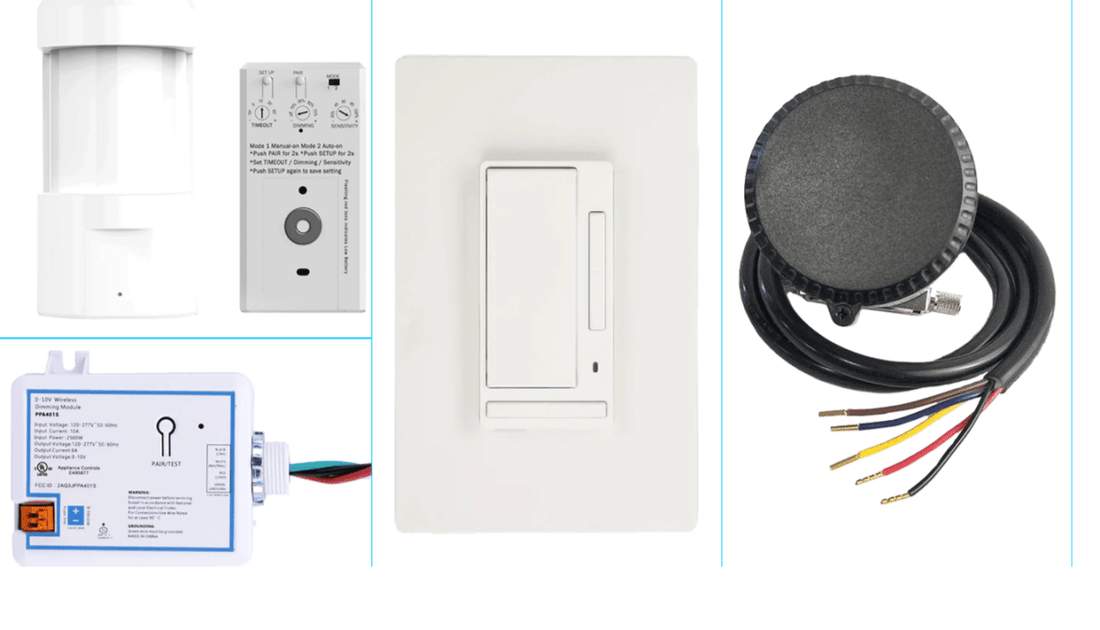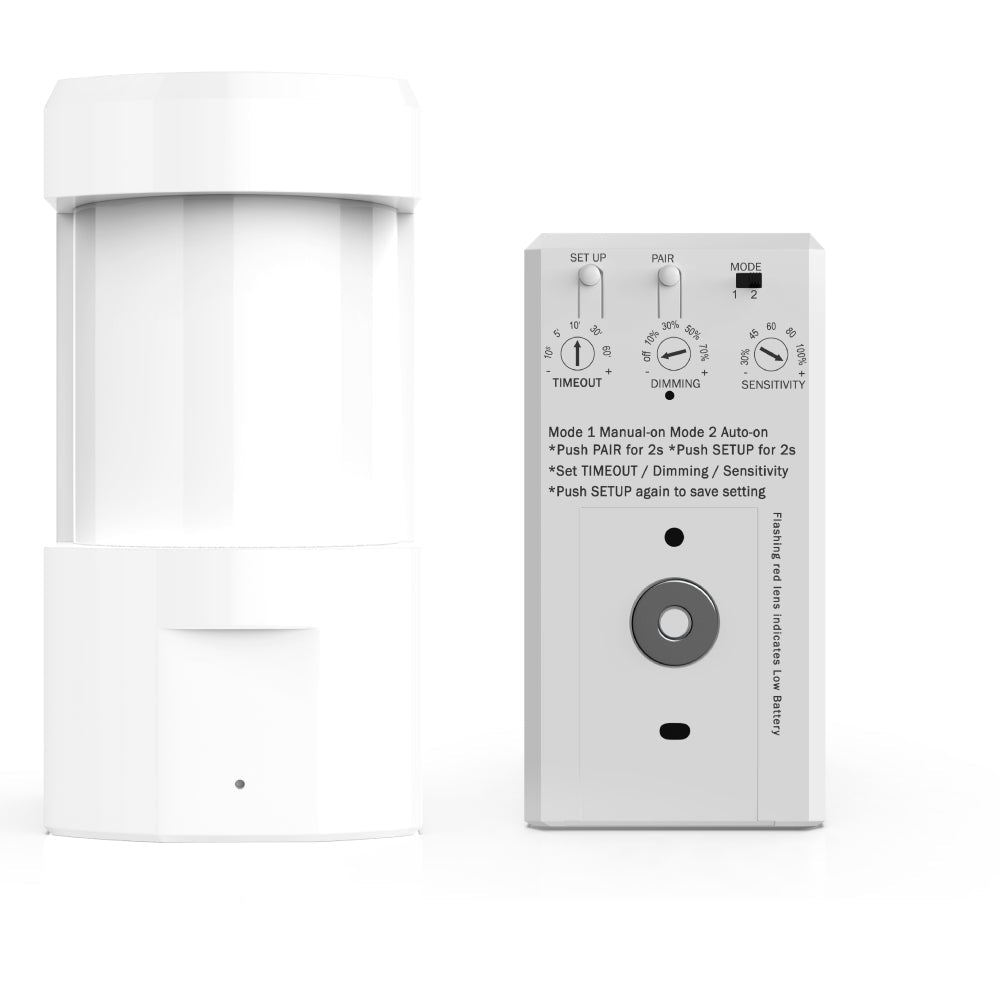Are you looking to dim your LED lights but struggling to find the right solution? LED lights are a popular choice for their energy efficiency and long-lasting performance, but controlling their brightness can be a challenge. In this article, we'll explore the top 3 solutions for smooth LED control and help you choose the best option for your needs.
Table of Contents
- Why Dim Your LED Lights?
- Understanding Dimming Methods
- Phase-Cut Dimming
- Pulse-Width Modulation (PWM) Dimming
- Digital Addressable Lighting Interface (DALI) Dimming
- Top 3 Solutions for Smooth LED Control
- LED Dimmer Switches
- Smart Lighting Systems
- LED Dimming Drivers
- Factors to Consider When Choosing a Dimming Solution
- Compatibility with LED Lights
- Wattage and Load Capacity
- Ease of Installation and Use
- Conclusion
- FAQs
Why Dim Your LED Lights?
LED lights are known for their energy efficiency and longevity, but did you know that they can also help create a cozy and inviting atmosphere in your home or workplace? By dimming your LED lights, you can adjust the brightness to suit your mood or task, whether you're looking for a bright and lively ambiance or a calm and relaxing setting.
In addition, dimming your LED lights can also help save energy and reduce your electricity bill. By lowering the brightness of your lights, you can decrease the amount of power they consume and extend their lifespan, while still enjoying the benefits of LED lighting.

Understanding Dimming Methods
Before we dive into the top 3 solutions for smooth LED control, let's take a quick look at the three main types of dimming methods used for LED lights:
Phase-Cut Dimming
Phase-cut dimming, also known as triac dimming, is a common method used for dimming LED lights. It involves cutting off a portion of the AC waveform to reduce the amount of power delivered to the LED. This method is commonly used for incandescent bulbs and has been adapted for use with LED lights. However, it may not be suitable for all types of LED lights, as some may produce flickering or buzzing sounds at lower dimming levels.
Pulse-Width Modulation (PWM) Dimming
Pulse-width modulation (PWM) dimming is another method used for dimming LED lights. It involves rapidly turning the LED on and off at a high frequency, with the length of time the LED is on determining the brightness level. This method is more efficient than phase-cut dimming and can provide smoother dimming performance. However, it may require a more complex control circuit and can produce audible noise at lower dimming levels.
Digital Addressable Lighting Interface (DALI) Dimming
Digital Addressable Lighting Interface (DALI) dimming is a digital method used for dimming LED lights. It allows for individual control of each light fixture, and can be programmed for specific dimming levels, schedules, and scenes. DALI dimming is commonly used in larger commercial and industrial applications where precise control is required.
Top 3 Solutions for Smooth LED Control Now that we've covered the three main dimming methods for LED lights, let's explore the top 3 solutions for smooth LED control:
-
LED Dimmer Switches
LED dimmer switches are a popular choice for residential settings. They allow you to adjust the brightness of your LED lights using a physical switch, which can be installed in place of your existing light switch. Dimmer switches are compatible with phase-cut dimming and work by adjusting the amount of power delivered to the LED lights. -
Smart Lighting Systems
Smart lighting systems are becoming increasingly popular for residential and commercial settings. These systems allow you to control your LED lights using a mobile app or voice commands, and often include features such as scheduling, scenes, and color control. Smart lighting systems are compatible with a variety of dimming methods, including phase-cut dimming and PWM dimming. -
LED Dimming Drivers
LED dimming drivers are a popular choice for commercial and industrial settings that require precise control of their LED lighting. These drivers are compatible with DALI dimming and allow for individual control of each light fixture. LED dimming drivers also include features such as flicker-free dimming and smooth dimming curves, which provide a high-quality lighting experience.
Factors to Consider When Choosing a Dimming Solution When choosing a dimming solution for your LED lights, there are several factors to consider, including:
-
Compatibility with LED Lights: Make sure the dimming solution is compatible with your LED fixtures, as not all dimming methods work with all LED lights.
-
Wattage and Load Capacity: Check the wattage and load capacity of the dimming solution to ensure it can handle the power requirements of your LED lights.
-
Ease of Installation and Use: Consider the ease of installation and use, as some dimming solutions may require professional installation or programming.
Conclusion
Dimming your LED lights can help create a comfortable and energy-efficient lighting environment, and there are several solutions available to achieve smooth LED control. Whether you choose a simple dimmer switch, a smart lighting system, or a sophisticated dimming driver, make sure to consider the compatibility, wattage, and ease of use when making your decision.
FAQs
Q: Can all LED lights be dimmed?
A: No, not all LED lights are dimmable. It's important to check the specifications of your LED fixtures to determine if they are dimmable.
Q: Can I use a traditional incandescent dimmer switch with LED lights?
A: It depends on the type of LED light you have. Incandescent dimmer switches are designed for use with incandescent bulbs and may not be compatible with LED lights. It's important to use a dimmer switch that is specifically designed for LED lights to ensure compatibility and optimal performance.
Q: Do LED lights flicker when they are dimmed?
A: It depends on the dimming method and the type of LED light. Some LED lights may produce flickering or buzzing sounds at lower dimming levels, particularly when using phase-cut dimming. To avoid this issue, consider using a dimming method that is specifically designed for LED lights, such as PWM dimming or DALI dimming.
Q: Can I dim LED lights using a remote control?
A: Yes, some LED dimmer switches and smart lighting systems come with a remote control that allows you to adjust the brightness of your LED lights from a distance. This can be a convenient option for controlling your lights from the comfort of your couch or bed.
Q: What is the lifespan of LED lights when they are dimmed?
A: Dimming your LED lights can help extend their lifespan by reducing the amount of power they consume and lowering their operating temperature. However, the lifespan of LED lights can vary depending on the quality of the product and the conditions in which they are used. It's important to choose high-quality LED lights and a compatible dimming solution to ensure optimal performance and longevity.

















































































3 comments
Hi Phil,
To soften your non-dimmable LED pool light, try these options:
Light Diffuser/Filter: Install a pool-rated diffuser or warm-toned filter to reduce brightness.
Smart Light Controller: Use a controller compatible with LEDs for slight dimming adjustments.
Replace the Bulb: Swap out for a dimmable LED if possible.
Check out Our Online store LEDMyplace
Hope this helps!
Best,
Team LEDMyplace
Great stuff I just read on led’s. My question, I have a 51 watt 120 volt led pool light that comes non dimmable. I want to dip this light just enough to take the intensity of the bright white light and turn it into a warmer soft light. Don’t need to fully dim it so I’m not afraid of shortening the light lifespan by fully dimming it. What can I build or by ready to install on this light.
Please help if you got some where I can go to and get this done. Time is orhe essence. After this next Monday it will be too late.
Thanks again,
Phil W.
LOOKING FOR TECHNIC AL ADVISDE